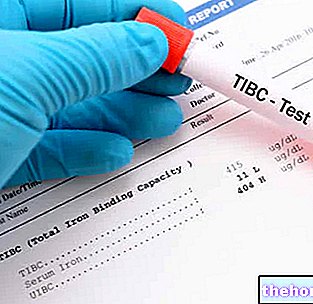Also called antibodies, immunoglobulins have the function of binding substances potentially harmful to the organism (antigens), helping to neutralize them.
These proteins are concentrated mainly within the bloodstream; consequently, it is possible to determine their values even through a simple blood sample.
There are five classes of immunoglobulins: A, D, E, G and M. Each of these is involved in specific immune reactions. Therefore, their plasma level evaluation allows to determine and / or monitor an excess or deficiency of one or more immunoglobulin classes.
Immunoglobulin tests are particularly useful in the diagnosis of allergies or certain types of neoplastic processes, to ascertain the presence of any infections and highlight the presence of particular autoantibodies implicated in an autoimmune disease.

They consist of four polypeptide subunits (two heavy chains and two light chains), linked together by a disulfide bond. Heavy chains are of five main types, to which correspond as many classes of Ig (A, D, E, G and M), some of which (A and G) can be divided into subclasses.
Immunoglobulins are produced by B lymphocytes in response to an external and / or internal antigenic stimulus. In practice, they behave similarly to sentinels, ready to alert the activated lymphocytes (plasma cells) to produce a very high number of antibodies (up to 2,000 per second), once they come into contact with the attacker.
In the context of the immune system, immunoglobulins constitute the main component of humoral immunity, therefore they have the function of neutralizing foreign substances, recognizing each antigenic determinant as a target, and making them easily identifiable by phagocytes and cytotoxic cells.
















.jpg)











